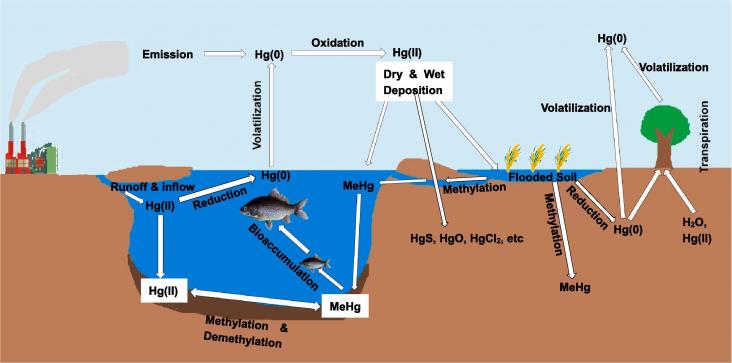
In this study, we use a new type of satellite data looking at vegetation water and photosynthesis to compare the success of different reforestation methods, using China's Three-North Shelterbelt Program as a case study.
Evidence-Based Guidelines for Prioritizing Investments to Meet International Conservation Objectives
Biodiversity is in rapid decline, largely driven by habitat loss and degradation. Protected area establishment and management are widely used to maintain habitats and species in perpetuity.
Recent perspective has highlighted the microbial importance of interplay between catabolic breakdown and anabolic synthesis in influencing soil organic carbon (SOC) dynamics and persistence.
Land-use intensification at the field and landscape scale is a strong driver for declining biodiversity and ecosystem service provision.
Is ecology, as a science, doing enough to address big environmental problems? Here, a review of the top 40 ecology journals suggests not.

Is ecology, as a science, doing enough to address big environmental problems? Here, a review of the top 40 ecology journals suggests not.

Soil contamination by potentially toxic elements (PTEs) has led to adverse environmental impacts.
Soil and water salinity and associated problems are a major challenge for global food production.
Elucidating relationships between the soil food web, soil processes, and agroecosystem function is a critical step toward a more sustainable agriculture.

Mercury contamination in soil, water and air is associated with potential toxicity to humans and ecosystems.
